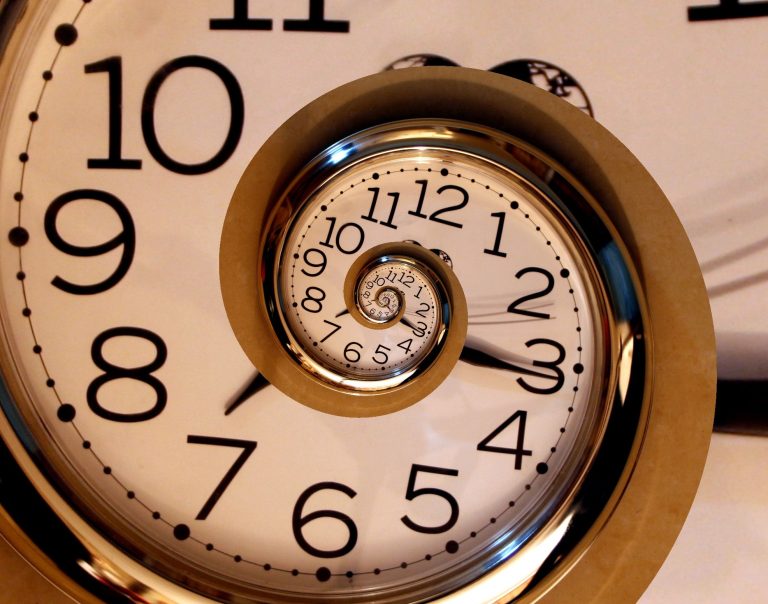As businesses and individuals across the country adjust their clocks — and their routines — in “falling back” to standard time, many will question the rationality behind these disruptive biannual shifts. Daylight savings time originated with a practical purpose, and has continued due to a number of perceived benefits. Are they still relevant today? Let’s take a look.
Origin of daylight saving time
As early as 1784 Benjamin Franklin wrote a letter to the editor of the Journal of Paris, suggesting that Parisians follow a natural circadian rhythm by rising with the sun each day in its progression through the year. He claimed remarkable savings could be had if we slept when it was dark, and were active during daylight.
Of course, this was not practical in a bustling city where time was money. Farmers, however, were likely to observe such a schedule to accommodate their livestock; and this may have given rise to the erroneous myth that daylight saving time was adopted for the sake of the farming community.
In fact, the practice was first implemented around the world during World War I, as a way to conserve fuel and energy. In the US, the timely observance was first regulated by the Department of Transportation in 1966, in order to normalize train schedules — which were a chaotic mess with every municipality keeping their own time.
Benefits from daylight saving time
More than 70 countries around the world observe daylight saving time, while many more do not. How come? The further you get from the equator, the greater the difference in your daily amount of daylight and darkness. Most countries and states near the equator do not observe daylight savings time, since their days and nights don’t vary by much; but for people who live far north, or far south of the equator, there are certain advantages to manipulating the schedule by an hour.
Success
You are now signed up for our newsletter
Success
Check your email to complete sign up
In order to have more usable daylight hours, we shift forward during the summer months to make the most of the longer days. Theoretically, this also conserves fuel and energy, as we spend more time on outdoor activities that require little supplemental energy.
A population that spends more time outdoors is generally more healthy — both physically and mentally, as mental health improves with exposure to sunlight. The economy benefits as well, with more people out and about for an extra hour of shopping; and extending daylight during active times has been shown to reduce both traffic accidents and criminal activity. You may well wonder, “So why don’t we just make daylight saving time the norm?”
The drawbacks
Actually, daylight saving time was year-round during World War II, but a Gallup poll revealed that the vast majority preferred not to keep it permanent after the war. Year-round observance was reinstated during the 1970 energy crisis, but soon afterwards eight Florida schoolchildren were hit by cars in the dark. Schools across America began to delay opening until sunrise and support for the static move dwindled.
Although we have gradually increased the duration of daylight savings time from 26 weeks to 34 weeks, most of us continue to switch back and forth, enduring some inconvenience for the sake of a potentially more productive day. Some health experts, however, warn of the potential dangers associated with the resulting disrupted sleep schedule — including the increased risk of heart attack.
In all fairness, a biannual one-hour shift is nothing compared with the jetlag countless individuals accept daily as part of the cost of travel; but for safety’s sake, it wouldn’t hurt to make some preparations to help our bodies and minds adjust.
Adjusting to daylight savings time and back
Most of us welcome an extra hour of sleep when we can get it, so “falling back” is relatively easy; but “springing ahead” and losing an hour can take its toll. The key is to approach daylight saving time gradually. We all know when it is coming, so there’s no excuse not to prepare.
The week before daylight saving time begins in the spring, start shaving 10 minutes off your evening routine each day. Eat that much earlier, get ready for bed that much earlier, and, if possible, rise that much earlier each day. By the time Sunday rolls around, it will feel natural to wake up at your normal time minus an hour, and still have a productive day.
The opposite applies for falling back to standard time: add 10 minutes to your schedule each day if you have difficulty adjusting. In the meantime, try to maintain a healthy diet, avoid caffeine after noon, and steer clear of digital devices before bed — as they tend to disrupt your sleep.
If you find yourself losing sleep over the issue of arbitrary changes, remember that human clocks are an arbitrary method of keeping time in the first place, nothing is permanent, and that shaking things up once in a while can help keep us on our toes.















